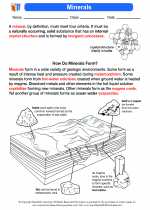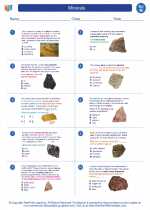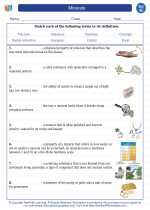Understanding the Law of Inertia
The law of inertia can be understood through the following key points:
- Objects at Rest: An object at rest will remain at rest unless a force is applied to it. This means that without any external influence, an object will not start moving on its own.
- Objects in Motion: Similarly, an object in motion will continue to move at a constant velocity in a straight line unless a force causes it to change its speed or direction.
- Resistance to Change: Inertia is the resistance of an object to changes in its state of motion. The greater the mass of an object, the greater its inertia, and the more force is required to change its motion.
Examples of Inertia
There are numerous real-world examples that illustrate the law of inertia:
- An ice skater gliding across the ice will continue moving in a straight line unless acted upon by friction or another force.
- A book resting on a table will remain stationary until a force, such as someone pushing it, is applied.
- A moving car will keep moving forward unless brakes are applied to slow it down or stop it.
Study Guide for the Law of Inertia
When studying the law of inertia, consider the following points:
- Definition: Understand the definition of inertia and how it relates to the motion of objects.
- Newton's First Law: Familiarize yourself with Newton's first law of motion and its implications for objects at rest and in motion.
- Examples: Practice identifying examples of inertia in everyday situations to reinforce your understanding of the concept.
- Mass and Inertia: Learn about the relationship between an object's mass and its inertia, and how mass influences the amount of force needed to change an object's motion.
- Application: Explore how the law of inertia applies to various scenarios, such as driving a car, playing sports, or interacting with other objects in your environment.









